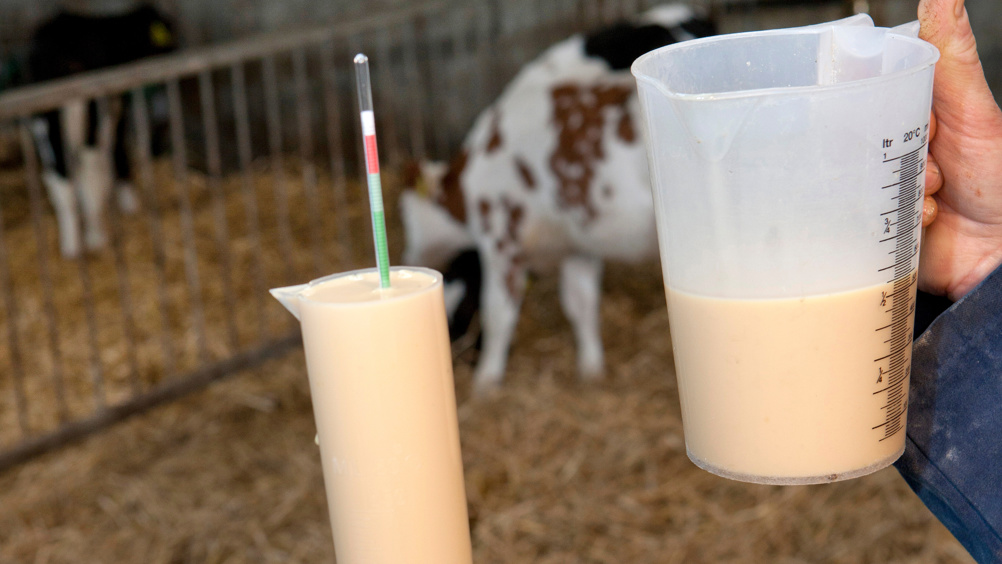References
Colostrum quality and composition

Abstract
Colostrum, the first milk produced by the cow before calving, is functionally and compositionally distinct from whole milk. Differences in fat, carbohydrate, protein, vitamin and mineral concentrations provide nutrition for the neonate. A high lipid content is an indispensable source of energy, while protein aids development and vitamins and minerals that are poorly transferred across the placenta can be provided orally. Immunoglobulins within colostrum are essential for the transfer of passive immunity, since the calf is born agammaglobulinaemic. Biologically active factors, including antimicrobial compounds, hormones, growth factors and immune-enhancing compounds, may contribute to immune development, intestinal growth and energy metabolism after birth. Bioactive substances may also direct the maturation of specific tissues via epigenetic effects that occur after parturition has occurred. An appreciation of the differences between colostrum and milk composition may be useful for all stakeholders interested in optimising early life feeding regimens for neonatal calves.
The focus of colostrum feeding regimens is generally centred around providing an adequate amount of immunoglobulins to the neonatal calf within the first 24 hours of life. On this basis, measurement of its quality is usually based upon immunoglobulin concentration, and provision of 150–200 g IgG via 3–4 litres of colostrum containing at least 50 g/litre IgG has been recommended (Godden et al, 2019). High quality colostrum should also have minimal bacterial contamination and many commercial technologies for hygienic collection and storage exist (Figure 1). Samples collected for bacterial culture should have a total bacterial count and a total coliform count of <100 000 cfu/ml and <10 000 cfu/ml respectively (McGuirk and Collins 2004; Phipps et al, 2016). However, the quality of colostrum is not determined by these factors alone.
Other constituents within colostrum, commonly referred to as ‘non-nutritive’ components, play a role in supporting the neonate, either because of their nutritional value or the biological activity that they exhibit (Elfstrand et al, 2002). For example, colostrum provides carbohydrates, lipids, proteins, minerals and vitamins, as well as hormones, cytokines, growth factors, lactoferrin, oligosaccharides, somatic cells and microRNAs (Blum and Hammon, 2000). This article provides readers with an understanding of the components of bovine colostrum from a nutritive and a non-nutritive perspective, outlining their functions and the effect of colostrum management practices on their preservation.
Register now to continue reading
Thank you for visiting UK-VET Companion Animal and reading some of our peer-reviewed content for veterinary professionals. To continue reading this article, please register today.

